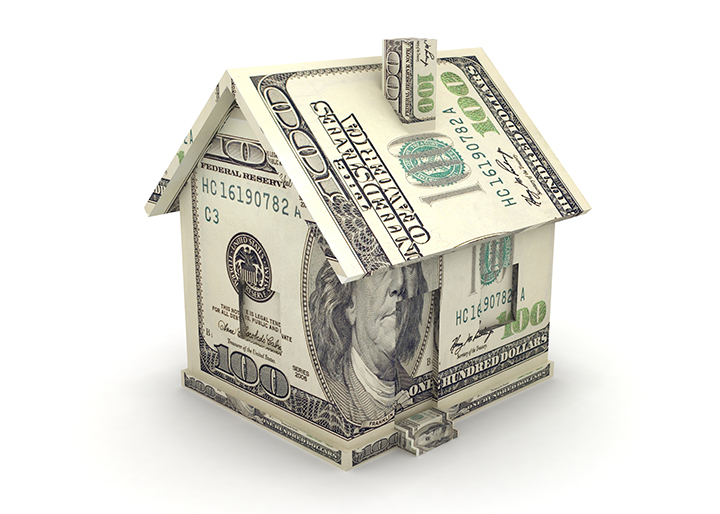2024 State of Homebuying Report
Opportunities, Challenges Await Investors By Joseph Ticchione A new generation has emerged, showing readiness and eagerness to buy despite the recently volatile housing market. Gen Z—born between 1997 and 2012—is eager and willing to purchase their first home, while being more tolerant of relatively higher interest rates than older generations. However, data from ServiceLink’s 2024 State of Homebuying Report (SOHBR) shows Gen Z — and even their slightly older counterparts,
Read More












